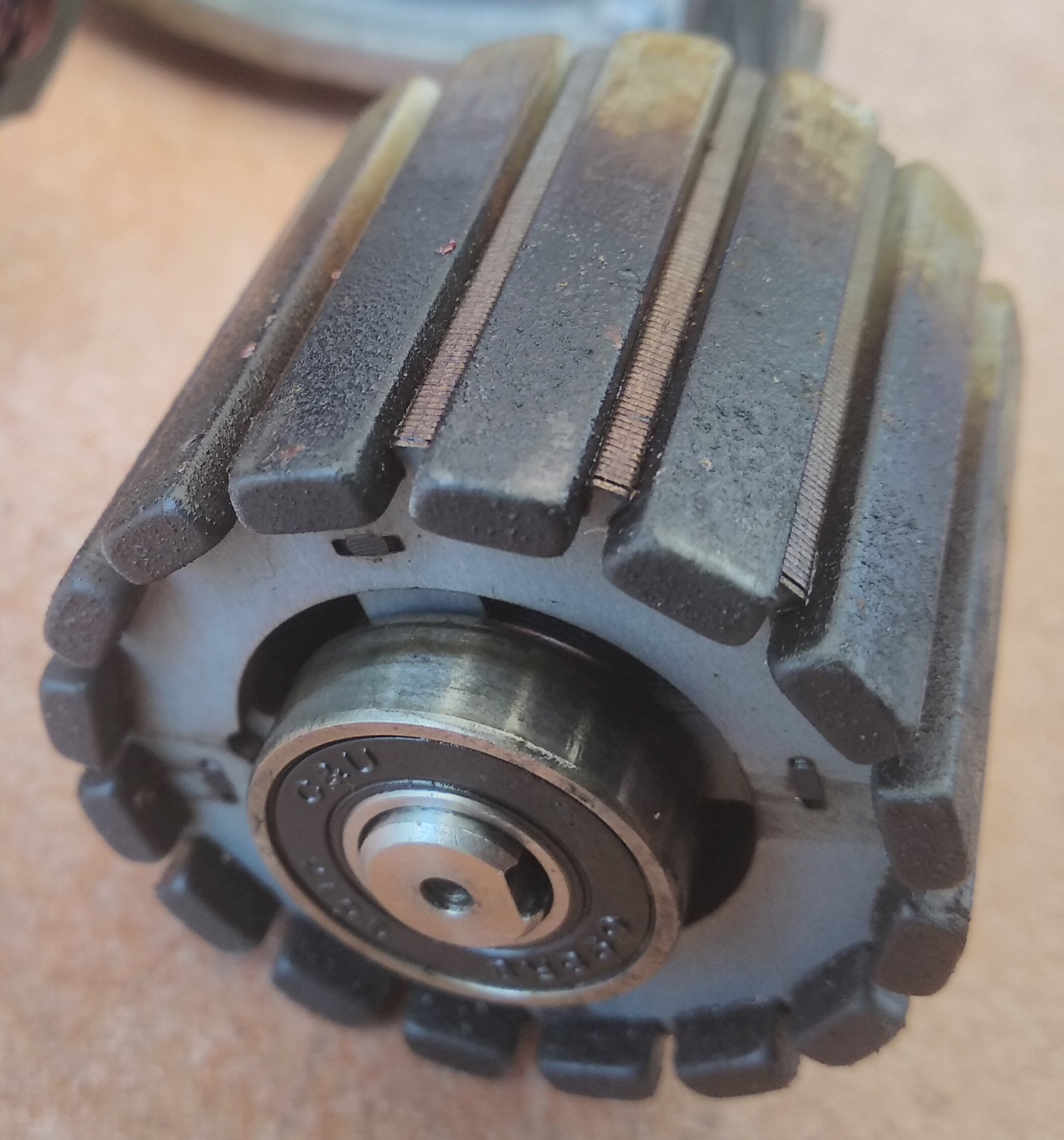jbalat said:I think now that lag is better we can totally kick it in the butt and reduce motor noise by applying a constant load on the motor while wheel speed is greater than zero. My friend says his Bafang is using 20w even with no assist !!
Why would that reduce motor noise and why would you want to use battery power when you don't need it? As for your friend's comment, I have extensive experience with Bafang mid-drives and have never seen what he observes. You could program any assist level to provide 20w but you would have to be pedaling to get it.



